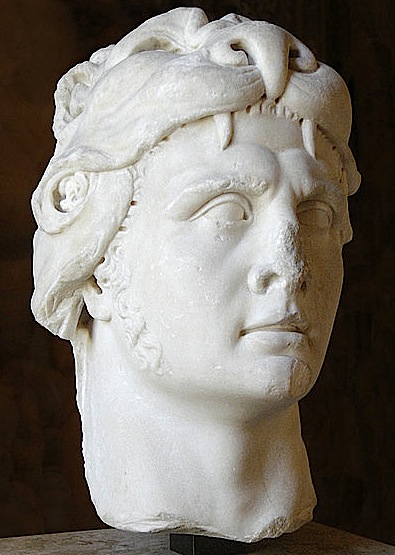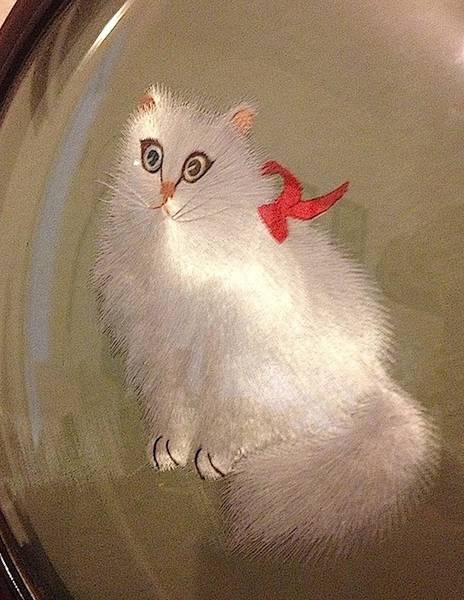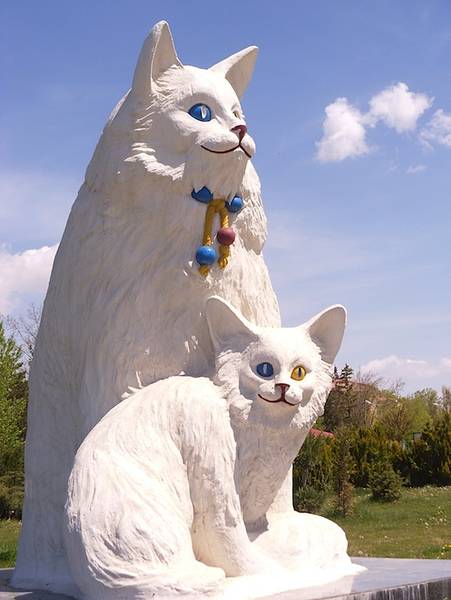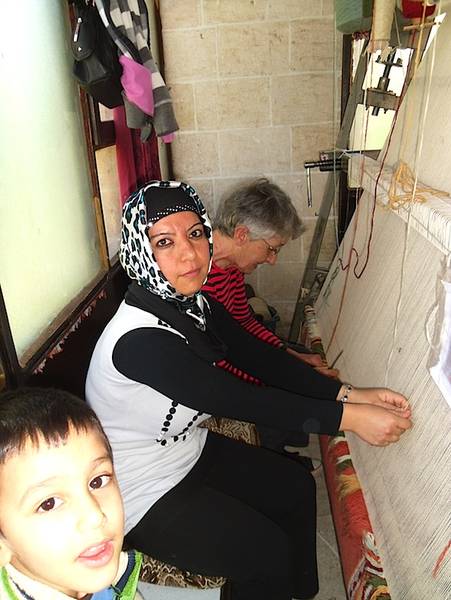For the Grand Comneni, the Christian rulers of the 14th–15th-century Trabzon Empire, diplomacy was probably the best way to survive in a hostile environment. Enemies were all around, and they were all Muslim. If you could not fight and crush them, it was probably more prudent to join them and hope to buy time, to fend off the evil day: it was a strategy of survival. And for this purpose, the Comneni used the best commodity they had.
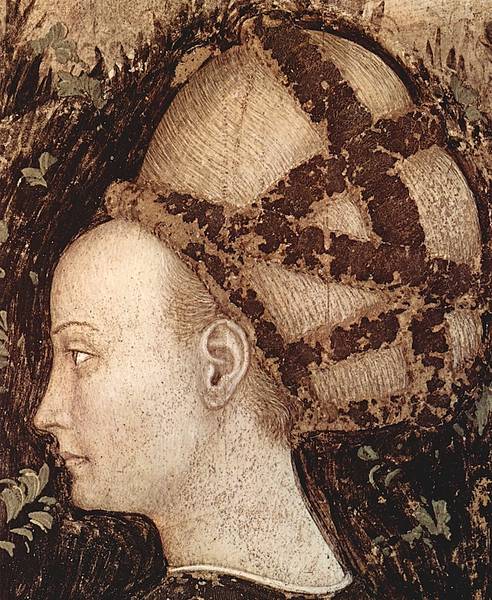
Princesses of the line of the Grand Comneni enjoyed a high reputation for beauty, refinement, learning and class. They were highly prized by non-Christians, mainly as an exotic addition to the harem. Between the mid-14th and mid-15th centuries, a number of daughters of the Trabzon Emperor—a total of eleven, to be exact—were betrothed to Turkmen and Mongol rulers and to Emirs. It is only fair to say that the Grand Comneni did not invent this practice. They took their cue from Byzantium, where in 1346 Theodora Cantacuzene had been married to the Ottoman ruler Orhan.
The arrangements surrounding these marriages were rather vague: the ceremonies took place outside the Empire and it is not clear whether a dowry or a bride price was ever paid. According to the Church, the unions were invalid and Pope Pius II went as far as to say that the demise of the Empire of Trabzon was a clear sign of divine displeasure at such dealings. Ibn Battuta, on the other hand, saw the princesses as something akin to high commissioners in an allied court, a protector of local Christians. That may have been the case of Theodora Grand Comnena, who married the Ak Koyunlu chief Uzun Hasan, a Turk, and went to live with her Greek entourage (which included a suitable complement of monks) in the fastness of Harput in the middle of Anatolia. She was his principal wife, his hatun, but, sure enough, when the crunch came, Uzun Hasan made no move to assist his father-in-law, under pressure from the conquering Ottomans in Trabzon. No other Trabzon brides ever reached the position of hatun; it shows that from a Turkish point of view, the princesses were hostages. None of them gave birth to the next ruler, therefore acquiring the powerful position akin to the Valide Sultan in the Ottoman court. Nevertheless, they were clearly sought after. Their story does not appear in the Greek Pontic ballads but is remembered in the sixth ballad of Dede Korkut, a Turkic folk cycle. It is set in 14th-century Trabzon in the Meydan, the main square, and tells the story of the brave Kan Turalı, one of the Ak Koyunlu Turkmen, and his quest for Salcan, a true Amazon of a princess who could draw two bows at a time and had already disposed of 32 previous suitors. It all ends happily but the Herculean labours the young Kan Turalı has to complete go a long way to show how desirable the lady was.
The only Pontic girl who truly ‘married well’ was not a princess at all. Known as Maria de Doubera, she was the daughter of a converted Pontic Greek (or so one may infer from her name). Her family, from the Matzouka valley immediately south of Trabzon, had been able to assemble small estates, make its way through society and participate in local government. She married the Ottoman Sultan Beyazıt II in 1463 and was his principal wife. Her son Selim became sultan but she never was Valide Sultan as she died before his accession. She took the name of Gülbahar; her mosque and türbe (the grave), are in Trabzon.
In Europe a Trabzon princess graces the wall of the Pellegrini Chapel in Sant’Anastasia, Verona. It is a work by Pisanello dated to the mid-15th century and represents either the liberation of the princess by St George or his departure to get his dragon. Either way, she looks magnificent in her finery and outsize headdress. In the background Trabzon looms high: all the fabled towers are there with the inevitable gallows for the Turks to hang from. Cervantes must have had this image in mind when he modelled his Dulcinea on a captive princess in need of a saviour (he would have had plenty of time in his five-year captivity in a Turkish prison in Algiers to hear the folklore of his jailers).
With the passing of time, Trabzon princesses became progressively ethereal and unreal. In Offenbach’s comic opera La princesse de Trébizonde, she is not even a real person. Her wax image is sufficient to steer the deepest feelings in the male lead. But the opera was a great success, notwithstanding such arias as ‘I have a toothache’; it was premiered in Paris in 1869 and went on the take Melbourne by storm in 1874.
by Paola Pugsley, author of the Blue Guide to the Black Sea coast of Turkey.







